Physical therapy for scoliosis treatment can assist in managing the curvature of the spine, which causes it to bend sideways. This condition can lead to discomfort, and pain, and may even impact breathing in severe instances. Although there is no cure, physical therapy can effectively enhance the quality of life for individuals with scoliosis.
Scoliosis, a term that might sound familiar to many, is more than just a medical term. It’s a reality that affects millions worldwide. Characterized by an abnormal curvature of the spine, scoliosis is not just a physical condition but also an emotional and psychological challenge for those who live with it. The prevalence of this condition underscores the importance of understanding its symptoms and seeking timely intervention. As with many medical conditions, early detection and management of scoliosis symptoms can make a significant difference in treatment outcomes.

In this blog, we will explore the benefits of physical therapy for scoliosis treatment and management.
Understanding Scoliosis Symptoms:
At its core, scoliosis is defined by a sideways curvature of the spine that occurs most often during the growth spurt just before puberty. While some cases are the result of conditions like cerebral palsy and muscular dystrophy, the cause of most scoliosis cases is unknown.
The symptoms of scoliosis can vary in intensity. Some of the common indicators include:
- Uneven shoulders or waist.
- One hip appears higher than the other.
- One shoulder blade seems more prominent.
- A rotating spine.
For many, these physical manifestations are accompanied by pain, discomfort, and a feeling of being ‘different’. The implications of these symptoms go beyond the physical. Adolescents, in particular, may grapple with self-esteem issues, especially if they require braces.
The importance of early detection cannot be stressed enough. Recognizing these symptoms and seeking a medical evaluation can lead to early interventions, potentially halting or slowing the progression of the curve. Regular check-ups during growth spurts can be instrumental in monitoring the spine’s curvature.

The Role of Scoliosis Physical Therapy:
When one thinks of scoliosis treatment, images of braces or even surgery might come to mind. However, there’s another crucial player in the scoliosis treatment arena: physical therapy.
Physical therapy offers a non-invasive approach to managing scoliosis. But what exactly does it entail?
Physical therapy for scoliosis is a specialized branch of therapy that focuses on:
- Postural Training: This involves educating patients about maintaining a neutral spine. Proper posture can alleviate some of the discomforts associated with scoliosis and can even prevent further deterioration in some cases.
- Strengthening Exercises: A strong core can provide better support to the spine. Physical therapists often prescribe exercises that target specific muscle groups, enhancing spinal support.
- Flexibility Training: A flexible spine and surrounding muscles can significantly reduce pain and discomfort. Therapists guide patients through stretches and exercises designed to maintain and improve flexibility.

Now, addressing the pivotal question: How can scoliosis be helped by physical therapy?
Physical therapy offers a holistic approach to scoliosis management. By focusing on the individual’s unique curvature and needs, therapists can design a regimen that not only manages pain but also improves posture and overall spinal health. For many patients, especially those with mild to moderate curves, physical therapy can reduce the need for more invasive treatments. Moreover, the skills and exercises learned during therapy sessions empower patients, giving them tools to manage their condition in their daily lives.
In conclusion, while scoliosis remains a challenge for many, the role of physical therapy in its management is undeniable. With a focus on individual needs, strengthening, and flexibility, physical therapy offers hope and a path to improved quality of life for those with scoliosis.

Scoliosis Physical Therapy Exercises:
One of the cornerstones of physical therapy for scoliosis treatment is the exercises tailored to the patient’s specific needs. These exercises are not merely about building strength; they are about retraining the body, improving alignment, and enhancing overall well-being.
Some of the key scoliosis physical therapy exercises include:
- Pelvic Tilts: This exercise helps in strengthening the lower back and abdominal muscles, providing better support to the spine.
- Cat-Camel Stretch: A gentle exercise that aids in maintaining the flexibility of the spine, allowing for more comfortable movement.
- Latissimus Dorsi Stretch: Targeting the large muscles in the back, this stretch promotes better posture and alignment.
These exercises, guided by trained physical therapists, form the foundation of a scoliosis management plan. They are not one-size-fits-all solutions but are carefully crafted to meet the unique needs of each individual.

Additional Treatments and Therapies:
Physical therapy is just one part of a multifaceted approach to scoliosis management. So, what other treatments or therapies are used to manage scoliosis?
- Bracing: For moderate scoliosis, wearing a brace can prevent further progression of the curve. It’s often used in conjunction with physical therapy.
- Surgery: In severe cases where the curve is pronounced and poses health risks, surgical intervention might be necessary.
- Chiropractic Care: Some individuals find relief through chiropractic adjustments, although this should always be done by practitioners familiar with scoliosis.
- Complementary Therapies: Practices like yoga and Pilates, when guided by professionals knowledgeable about scoliosis, can complement traditional treatments.

Home Management and Lifestyle Choices:
Living with scoliosis extends beyond the therapist’s office. How can individuals treat scoliosis at home, and what lifestyle choices can make a difference?
- Maintaining Good Posture: Being mindful of posture during daily activities can alleviate strain and discomfort.
- Using Supportive Seating and Bedding: Ergonomic chairs and supportive mattresses can make a significant difference in comfort.
- Regular Stretching and Staying Active: Keeping the body moving and incorporating gentle stretches can maintain flexibility and strength.
- Avoiding Certain Exercises: Knowing what exercises to avoid, such as heavy weight lifting and high-impact activities, is crucial in preventing further strain on the spine.
Conclusion:
Scoliosis, with its varying degrees and manifestations, remains a complex condition to manage. However, the role of physical therapy in scoliosis treatment is a beacon of hope for many. From understanding the nuanced symptoms to exploring the multifaceted treatment options, including targeted exercises, this article has sought to address key questions surrounding scoliosis.
Physical therapy, with its emphasis on individualized care, strengthening, flexibility, and empowerment, offers a path towards not just managing but thriving with scoliosis. It’s a testament to the power of non-invasive interventions and the human body’s incredible ability to adapt and heal.
In sum, don’t let scoliosis hold you back from living your life to the fullest. Schedule a physical therapy appointment today at Kinito Physical Therapy to start managing your scoliosis and improving your quality of life. Our experienced physical therapists can work with you to develop a personalized treatment plan that meets your unique needs and goals. Contact us now to take the first step towards a healthier, happier you.
